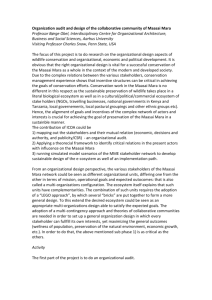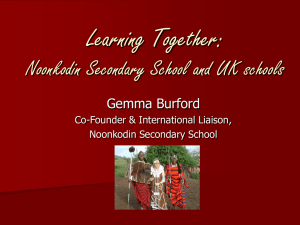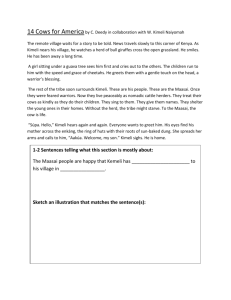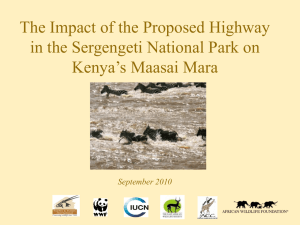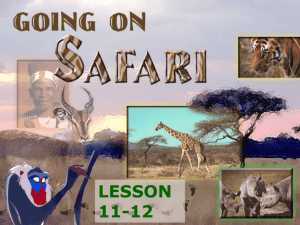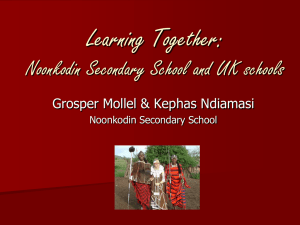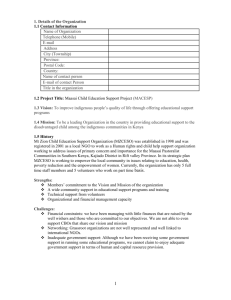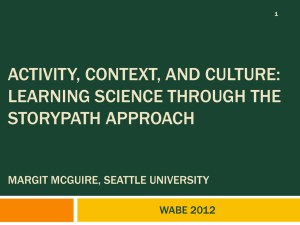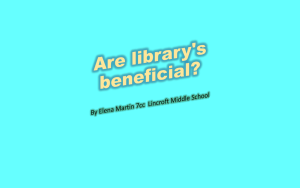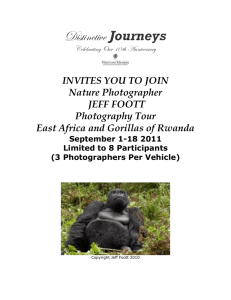The Fair Go Project - Washington Association for Bilingual Education
advertisement
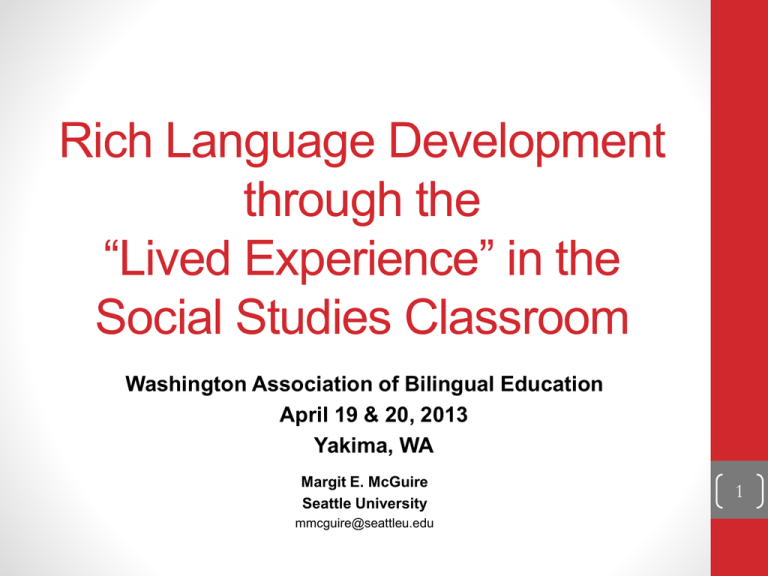
Rich Language Development through the “Lived Experience” in the Social Studies Classroom Washington Association of Bilingual Education April 19 & 20, 2013 Yakima, WA Margit E. McGuire Seattle University mmcguire@seattleu.edu 1 We are going on safari… 2 Imagination… Let’s go to Kenya! Academic language in context •Safari •Invitation •Map •Natural habitat •Maasai Mara Game Reserve 3 Build a Word Bank 4 Packing our suitcases… What do we need to know? • Climate? • Clothing? • Equipment? • Length of stay? 5 Reading for information: What is the best time of year to go to Kenya? 6 Creating the Characters: The Photographers 7 Investigating the Maasai Mara • A reason to investigate—questions to be answered • Building background knowledge • Tapping into imagination • Affirming that students know something • Asking lots of questions to guide their learning 8 Visuals to support text 9 Making in real… 10 Making a passport 11 We are on our way… •Role play •Narrate the story •Imagine 12 We are photographers… Imagination Context Learning 13 Storypath: Safari to Kenya Sequence of Episodes 14 Creating the Setting 15 16 Learning about Wildlife on the Maasai Mara The Common Core: Reading and Writing in Context Animal Reports 17 Speaking and Listening Scaffold the learning 18 Researching the Maasai Mara Village • Academic language • Researching • Spatial relationships • Kinesthetic learning • Problem solving • Critical thinking • Social Skills The Maasai Village 19 The Critical Incident A Misunderstanding… • Problem solving • Social Skills • Empathy • Language in context • Form • Function • Efficacy 20 What is Storypath? • Storypath uses story form (narrative) to create meaningful learning within a context. • Setting, characters, and plot provide the structure for the curriculum. • Key questions problematize knowledge, encourage substantive conversations and guide students’ thinking about important concepts developing language in context. 21 Narrative and Imagination • “The story form is a cultural universal; everyone everywhere enjoys stories. The story, then, is not just some casual entertainment; it reflects a basic and powerful form in which we make sense of the world and experience” (Egan, 1988, p.2) • Education … is a process that awakens individuals to a kind of thought that enables them (students) to imagine conditions other than those that exist or that have existed. (Egan, 2001, p43) • “Imagination lies at a kind of crux where perception, memory, idea generation, emotion, metaphor, and no doubt other labelled features of our lives, intersect and interact” (Egan, 2001, p. 42) 22 The Episodes of a Storypath Creating the Setting Students create the setting by completing a frieze (mural) or other visual representation of the place. Creating Characters Students create characters for the story whose roles they will play during subsequent episodes. Context Building Students are involved in activities that stimulate them to think more deeply about the people and place they have created. Critical Incidents Characters confront problems typical of those faced by people of that time and place. Concluding Event Students plan and participate in an activity that brings closure to the story. 23 ELL Students Speak for Themselves: Identity Texts and Literacy Engagement in Multilingual Classrooms [1], Jim Cummins, et.al. ….. 24 Retrieved: http://resources.curriculum.org/secretariat/files/ELLidentityTexts.pdf Storypath & ELLs • Each child has something to contribute to the story. • The narrative structure of the Storypath—setting, character, and plot—provides scaffolding for learning in a way that is meaningful to students. • The story has purpose. What will happen next? • Choices engage children dramatically in “real-world” dilemmas; they work together to solve the problems. • Their involvement taps into multiple ways of knowing— social interaction, role-play, visualizing, kinesthetic experiences, and the accompanying language activities. 25

